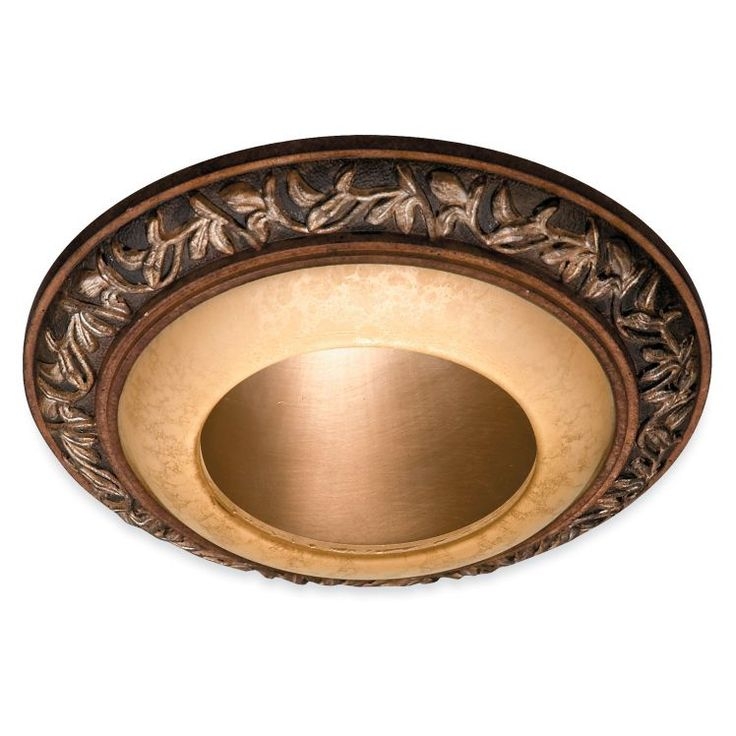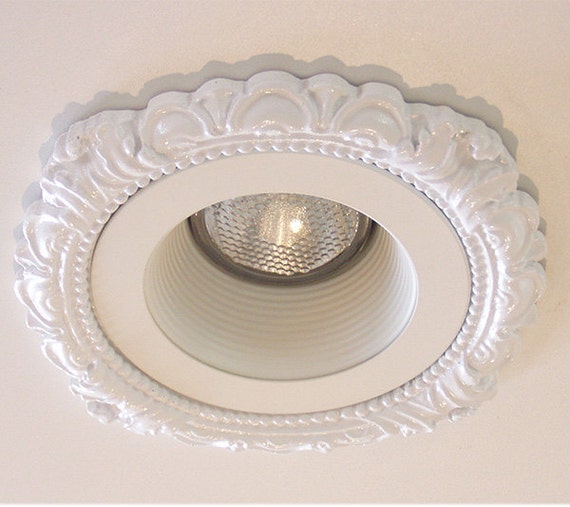Welcome to the fascinating world of decorative recessed lighting! As someone who has spent countless hours both learning about and installing recessed lighting in various spaces, I can assure you that it’s not just about functionality—it’s an art form that can transform any room into a captivating environment. In this comprehensive guide, we will explore everything you need to know about decorative recessed lighting, from styles and installation tips to maintenance and design trends.
What is Decorative Recessed Lighting?
Decorative recessed lighting refers to fixtures installed above the ceiling, creating a clean, streamlined aesthetic while providing ambient, task, or accent lighting. Unlike traditional light fixtures, these lights are designed to be discreet and blend seamlessly with your decor.
The Appeal of Recessed Lighting
Recessed lighting is increasingly popular for several reasons:
- Versatility: Suitable for various spaces, including living rooms, kitchens, and bathrooms.
- Design Flexibility: Available in countless styles and finishes that complement any decor.
- Space-Saving: Perfect for low ceilings or minimalist designs where traditional fixtures may be obtrusive.
Types Of Decorative Recessed Lighting
Recessed lighting comes in various styles to suit different purposes and aesthetics. Below, we’ll delve into the most common types:
1. Standard Recessed Lighting
This is the most basic type, often used for providing general illumination in a room. Available in various sizes, standard recessed lights usually house a trim that suits your decor style.
2. Adjustable or Gimbal Recessed Lights
These fixtures allow you to direct light where it’s needed, making them perfect for highlighting artwork or architectural features.

3. Shower and Wet Location Recessed Lighting
Specifically designed for bathrooms or outdoor use, shower recessed lights are moisture-resistant and can withstand humidity.
4. LED Recessed Lights
Energy-efficient and long-lasting, LED recessed lights come in various color temperatures, allowing for customization of the lighting atmosphere.

Choosing the Right Decorative Recessed Lighting
When it comes to selecting recessed lighting, there are key factors you need to consider:
1. Size and Placement
Choosing the right size and spacing of recessed lights is crucial for achieving optimal lighting. A general rule of thumb is to space your fixtures 4 to 6 feet apart, depending on the height of your ceilings and the size of the fixture.

2. Trim Style
The trim of the recessed light plays a significant role in its overall design. Here are some popular trim styles:
- Reflector Trim: Used to enhance brightness.
- Baffle Trim: Helps reduce glare and provides a soft transition of light.
- Eyeball Trim: Allows for adjusting the direction of the light.
3. Color Temperature
The color temperature of your recessed lighting can dramatically change the mood of your space. Measured in Kelvin (K), here’s a quick guide:
- Warm White (2700K): Creates a cozy, inviting atmosphere.
- Neutral White (3500K): Offers a balanced, all-purpose lighting.
- Cool White (5000K): Great for task-oriented spaces like kitchens and bathrooms.

Installation Guide for Decorative Recessed Lighting
Installing recessed lighting may seem daunting, but with the right tools and instructions, you can achieve professional results. Here’s how to get started:
Tools You Will Need
- Drill
- Recessed lighting housing
- Wire cutters
- Electrical tape
- Voltage tester
- Measuring tape

Step-by-Step Installation Process
- Plan Your Layout: Measure and mark where your lights will be installed.
- Turn Off Power: Always ensure that the power is turned off before beginning any electrical project.
- Cut the Ceiling Openings: Use a drywall saw to cut holes in the ceiling for the housing.
- Install the Housing: Follow the manufacturer’s instructions for mounting the housing.
- Connect Wiring: Connect the wires according to local building codes.
- Attach Trims: Finish by adding the decorative trims to the housing.
- Restore Power: Once everything is securely installed, restore power and test the lights.
Maintenance and Care for Recessed Lighting
To keep your recessed lighting looking and functioning its best, regular maintenance is essential:

Cleaning Your Fixtures
Dust and grime can accumulate on your recessed lights, so it’s important to clean them periodically. Use a soft cloth and a gentle cleaner to wipe down the trims, ensuring the lighting remains bright.
Checking Bulbs and Fixtures
- Regularly check the bulbs to ensure they’re functioning correctly.
- Look for any signs of wear or damage on the housing and wiring.

Pros and Cons of Decorative Recessed Lighting
| Pros | Cons |
|---|---|
| Space-saving design | Can be expensive to install |
| Variety of styles and trims | Complex installation process |
| Energy-efficient options available | Requires precise spacing for optimal effect |
Design Trends in Decorative Recessed Lighting
Staying on top of design trends can help you make the most of your decorative recessed lighting:
Layered Lighting
Combining recessed lighting with other types of lighting—such as pendant fixtures or wall sconces—creates a layered effect that adds depth and interest to your space.
Smart Lighting
With the advent of smart home technology, integrating smart recessed lighting that you can control through your smartphone or voice assistant is becoming increasingly popular.
Color and Finish Options
Gone are the days of basic white fixtures. Nowadays, you can find recessed lights in various colors and finishes that can elevate the overall design of your room.
FAQs About Decorative Recessed Lighting
What is the difference between recessed lighting and pot lights?
While both terms are often used interchangeably, “pot lights” typically refer to a more specific style of recessed lighting that has a shallow depth.
Can recessed lighting be installed in a sloped ceiling?
Yes, special housings are available for sloped ceilings. Ensure you choose fixtures designed for this purpose for proper installation.
How many recessed lights do I need?
A good rule of thumb is to use 1 watt of lighting for every square foot of space. However, this can vary based on the height of your ceiling and desired brightness.
Are recessed lights dimmable?
Many recessed lights are compatible with dimmers, allowing you to adjust the brightness according to your mood and activity.
Conclusion
Decorative recessed lighting is more than just a trend; it’s a long-lasting solution that enhances the aesthetic of your home while providing functionality. Whether you’re looking to create a cozy atmosphere in your living room or a bright workspace in your kitchen, recessed lighting offers endless possibilities. From the initial selection process to installation and maintenance, I hope this guide has illuminated your path to creating beautiful, well-lit spaces. Happy lighting!